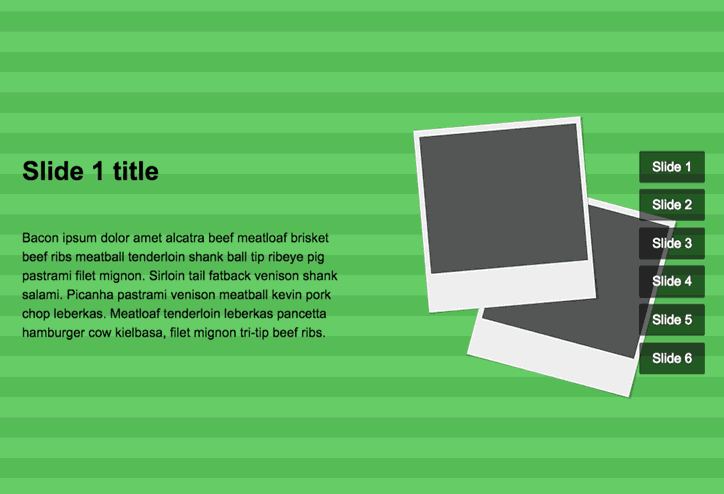

- WEBKIT OVERFLOW SCROLLING TOUCH CHROM HOW TO
- WEBKIT OVERFLOW SCROLLING TOUCH CHROM FULL
- WEBKIT OVERFLOW SCROLLING TOUCH CHROM FOR ANDROID
- WEBKIT OVERFLOW SCROLLING TOUCH CHROM DOWNLOAD
To fix this add -webkit-overflow-scrolling: touch Unfort. Usa el desplazamiento (scroll) normal, donde el contenido deja inmediatamente de desplazarse cuando quitas el dedo de la pantalla. I believe this is a bug, unless I'm doing something wrong, as I'm trying to have horizontal gestures and vertical scroll (i.e., not in the same direction as you mentioned). The -webkit-overflow-scrolling CSS property controls whether or not touch devices use momentum-based scrolling for a given element. iOS by default has a 'momentum' style scroll, but not if an element is set to overflow scroll. Value not found in DB Values auto Use 'regular' scrolling, where the content immediately ceases to scroll when you remove your finger from the touchscreen. If I remove the panv recognizer, overflow-scrolling behaves as expected. The -webkit-overflow-scrolling CSS property controls whether or not touch devices use momentum-based scrolling for the given element. IOW it behaves the way you'd expect it to on a mobile device.

Putting your finger down stops the scrolling. It contains the same data as the first, but it scrolls smoothly using the accelerometer feature's strength of the swipe to determine how far to scroll. That said, the moment I add the panv recognizer, even if it isn't linked to any listeners, overflow-y: scroll and -webkit-overflow-scrolling stop working entirely in iOS safari, and the contents of the sidebar are no longer scrollable. The second list adds the -webkit-overflow-scrolling: touch behavior. I have an element that I want to be draggable horizontally (a sidebar drawer), but I want the listener to fail if the original touch is a vertical swipe (because I want the contents of the sidebar to be scrollable vertically).
WEBKIT OVERFLOW SCROLLING TOUCH CHROM FOR ANDROID
I assume the iPhone has the same problem). webkit-overflow-scrolling on Chrome for Android is fully supported on None of the versions, partially supported on None of the versions, and not supported on 97-109 Chrome for Android versions.
WEBKIT OVERFLOW SCROLLING TOUCH CHROM DOWNLOAD
(I'm running the Chrome browser on Android. Animista is a CSS animation library and a place where you can play with a collection of ready-made CSS animations and download only those you will use.
WEBKIT OVERFLOW SCROLLING TOUCH CHROM HOW TO
Does anyone have an idea of how to fix this using CSS only The demos have to be tested on a browser. This is native behaviour.Var hammer = new Hammer. webkit-overflow-scrolling: touch Mobile Webkit browsers can scroll past the table in this example, but it's a little more glitchy. I am currently trying to create a pared down HTML/CSS/JS configuration to demonstrate it, but maybe the heavy markup structure and the large amounts of dynamic data is necessary for it to happen.Īddendum: I did, however, have to point out to our client that if even with this fix the user starts trying to scroll on a non-scrollable element she will have to wait a second after stopping before being able to scroll the scrollable element. The -webkit-overflow-scrolling: touch property and value were created especially for the case of overflow scrolling within the browser. I cannot at this stage say why this conflict exists it may be that it is a bad implementation of these features, but I suspect there is something a bit deeper in the CSS that is causing it. It did mean sacrificing the (for me, dubious) gains to scrolling performance that the above hacks gave in earlier incarnations of iOS, but in the choice between that and inertia scrolling, the inertia scrolling was deemed more important (and we don't support iOS 5 anymore). webkit-overflow-scrolling: touch is not recognized in chrome and on ios Ask Question Asked 7 years, 9 months ago Modified 6 years, 4 months ago Viewed 9k times 4 To get the inertial scroll I have read I need to add -webkit-overflow-scrolling: touch to my css on the div that scrolls. The solution I found was to remove all the CSS that tricks the browser into using the GPU: -webkit-transform: translateZ(0px) īy doing this, the '-webkit-overflow-scrolling: touch ' can still be included and still function as normal. Google is focussing on improving the web by making it more capable. But they do have different views on what the web should be.
WEBKIT OVERFLOW SCROLLING TOUCH CHROM FULL
It looks like we started parsing this property in WebKit r107881 but we dont have a full implementation. Niels Leenheer The Safari and Chrome team both want to make the web safer and work hard to improve the web. Valores auto Usa a rolagem 'regular', onde o contedo imediatamente cessa a rolagem quando voc remove o dedo da tela que reconhece os toques.

I had a similar problem with a (quite complex) nested scrollable div which scrolled fine in iOS 5, 6 and 7, but that intermittently failed to scroll in iOS 8.1. webkit-overflow-scroll creates a new stacking context. A propriedade CSS -webkit-overflow-scrolling controla quando dispositivos com a funcionalidade de toque na tela usam uma rolagem baseada no 'momentum' de um dado elemento.


 0 kommentar(er)
0 kommentar(er)
